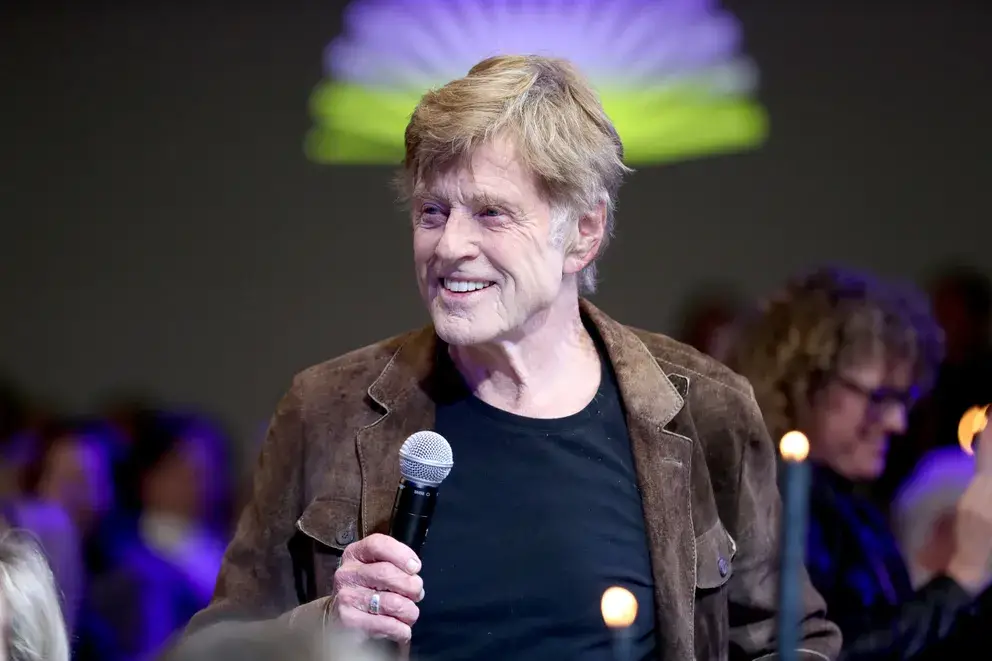Robert Redford, Oscar-Winning Actor and Sundance Founder, Dies Peacefully at 89
The world of cinema is mourning the loss of Robert Redford, one of Hollywood’s most iconic and influential figures. The Oscar-winning actor, director, and founder of the Sundance Film Festival passed away on September 16, 2025, at his mountain home in Utah. He was 89.
A statement from Cindi Berger, chief executive of Rogers & Cowen PMK, confirmed the news, noting that Redford died in his sleep. The cause has not yet been publicly revealed. His passing closes a remarkable chapter in the history of American film, leaving behind a legacy that bridged the glamour of Hollywood stardom with the independent spirit of artistic storytelling.
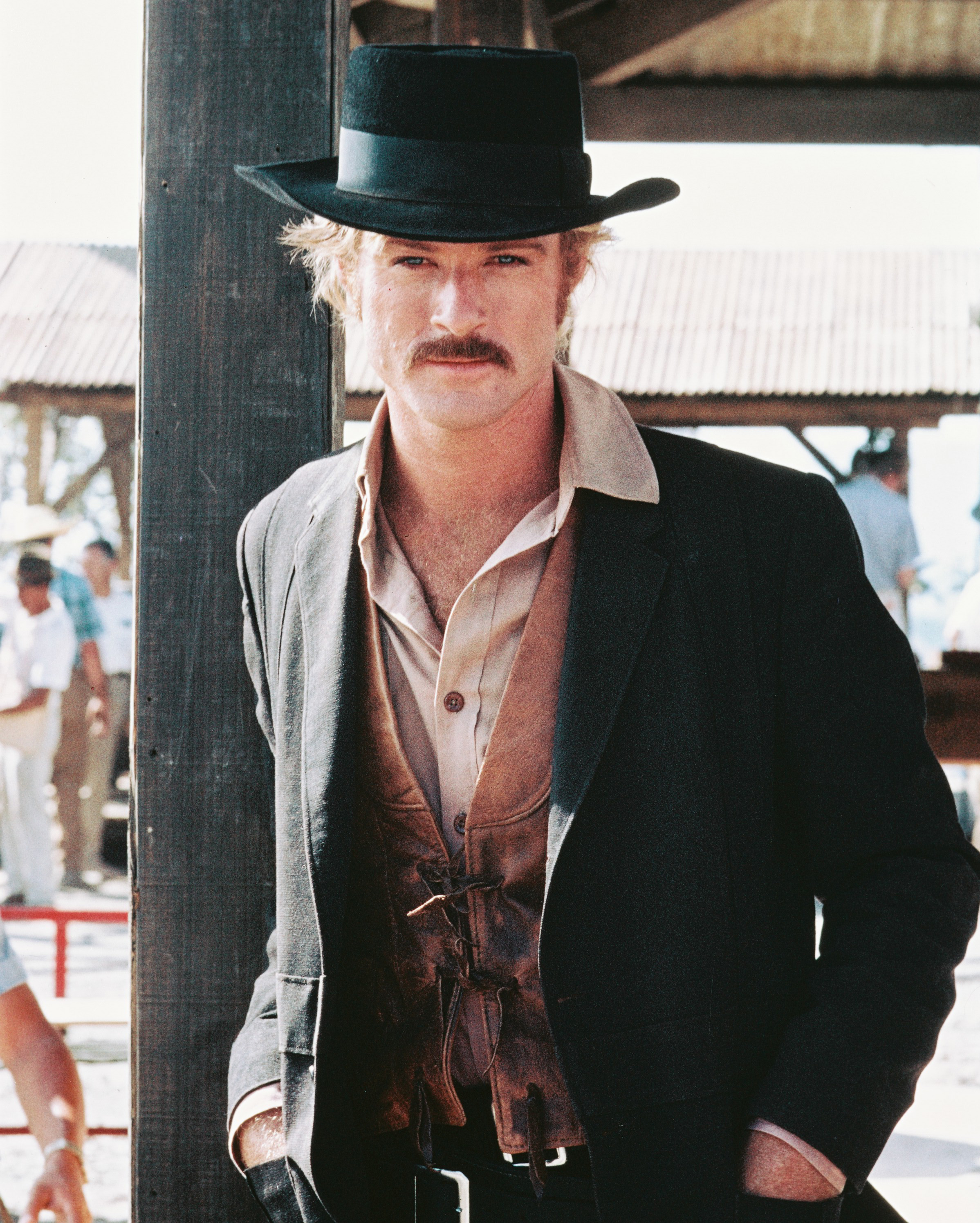
From Leading Man to Cultural Icon
Born Charles Robert Redford Jr. in Santa Monica, California, in 1936, Redford grew up far from the glitter of Hollywood but carried an innate charisma that would later define his career. After a brief stint at the University of Colorado and travels through Europe, he returned to the United States and began studying painting and acting in New York City.
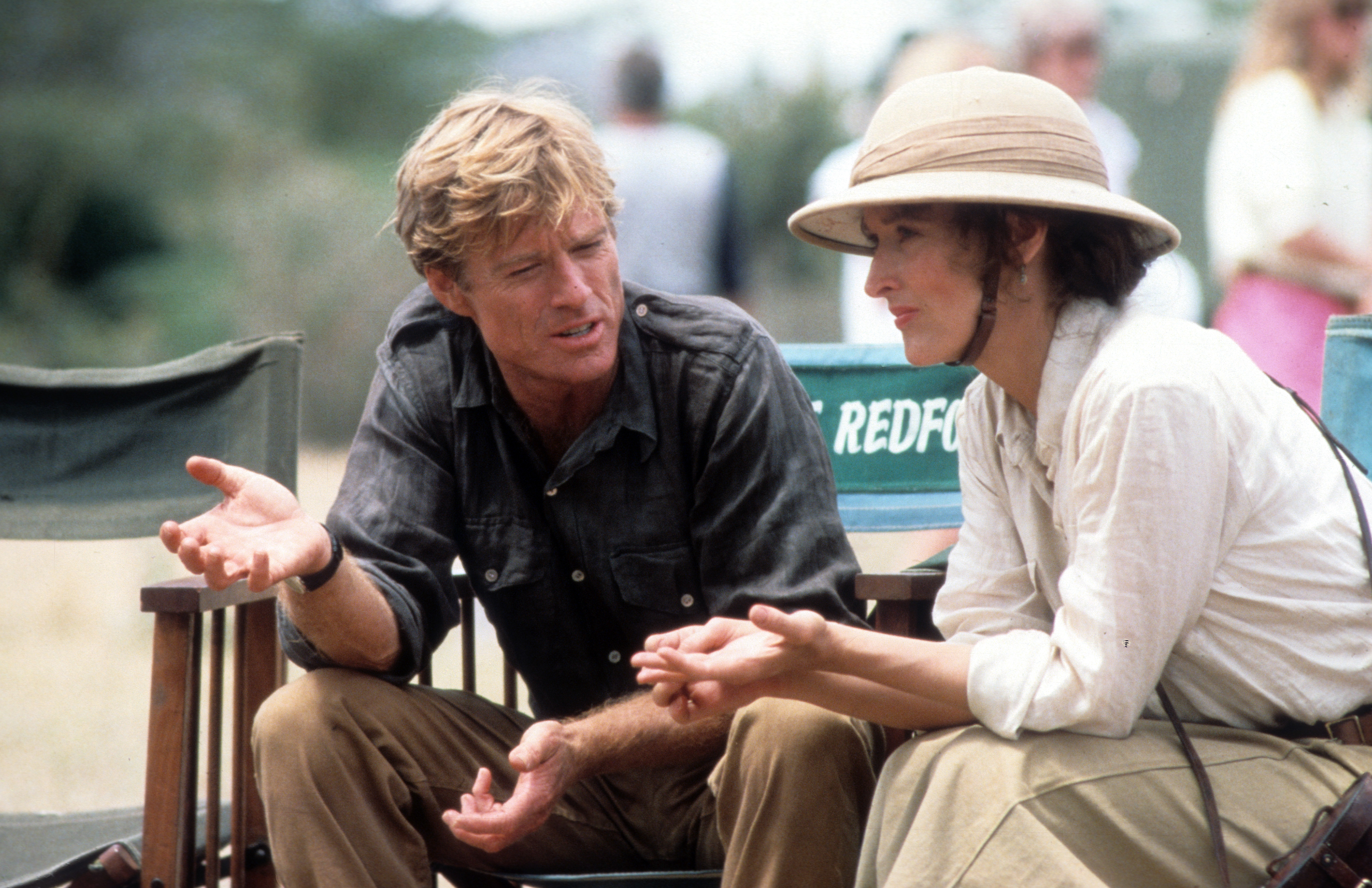
His early years in television, with appearances on shows like The Twilight Zone and Perry Mason, paved the way for his eventual leap to the big screen. By the late 1960s, Redford had cemented himself as a leading man. His breakout role as the charming outlaw Sundance Kid in Butch Cassidy and the Sundance Kid (1969), alongside Paul Newman, turned him into a household name.
From there, Redford starred in a string of films that defined an era. The Sting (1973), another collaboration with Newman, showcased his wit and charisma, while All the President’s Men (1976) revealed his ability to embody complex, politically charged characters. He also gave unforgettable performances in Three Days of the Condor, The Way We Were, Barefoot in the Park, and Out of Africa opposite Meryl Streep.
Audiences were drawn not just to his good looks and screen presence, but to a quiet intensity that made every role feel lived-in and real. Redford became more than just a movie star — he became a cultural symbol of defiance, elegance, and authenticity.
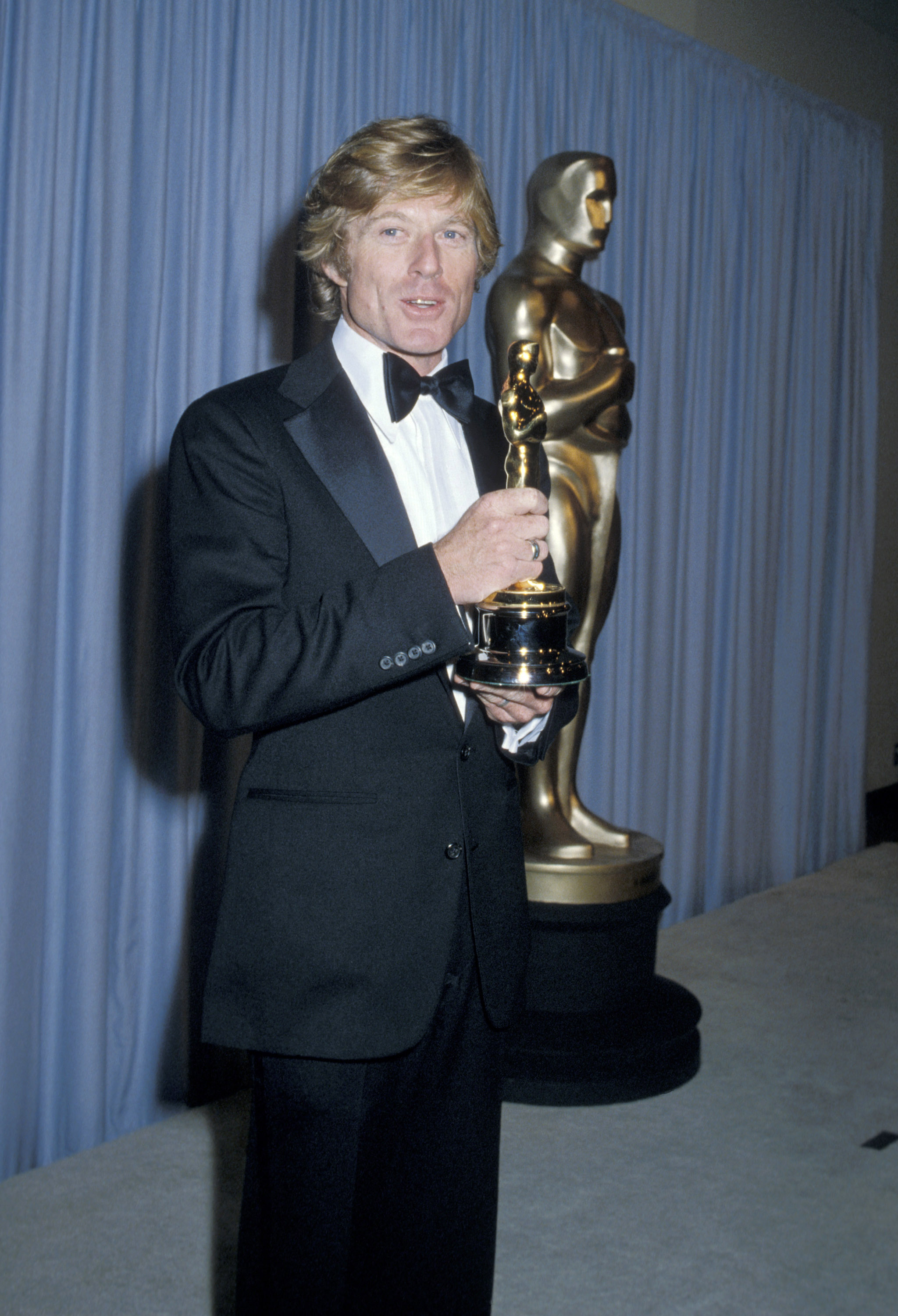
A Visionary Behind the Camera
By the 1980s, Redford was no longer content with being Hollywood’s golden boy. He wanted to shape stories from behind the camera. His directorial debut, Ordinary People (1980), shocked critics and audiences alike with its raw portrayal of grief and family dysfunction. The film went on to win four Academy Awards, including Best Picture and Best Director for Redford.
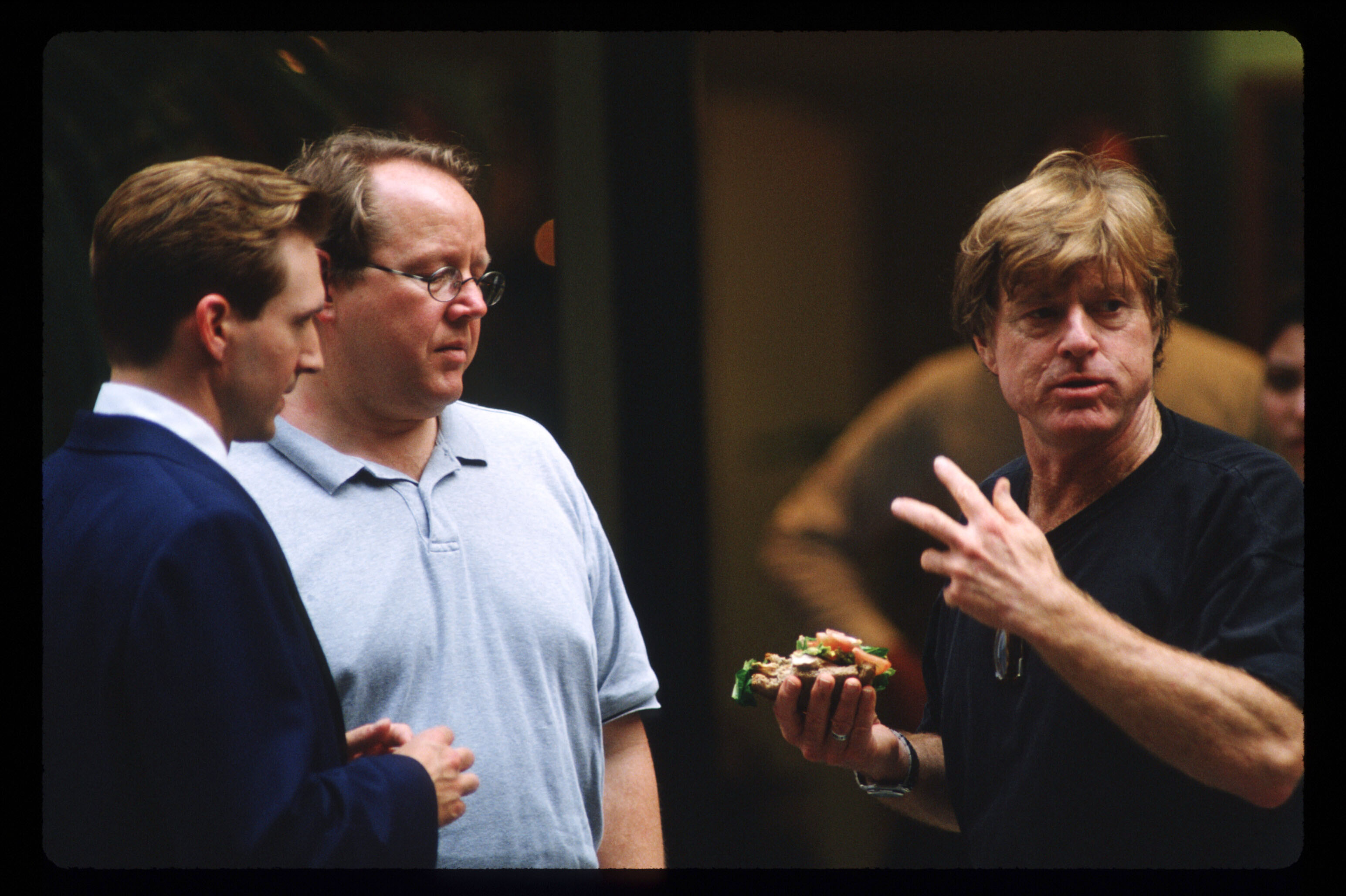
That early success set the stage for a second career as a filmmaker who refused to play it safe. He followed up with The Milagro Beanfield War (1988), a politically charged drama about land and power, before directing the lyrical A River Runs Through It (1992), which introduced Brad Pitt to global audiences.
His film Quiz Show (1994), exploring corruption in the entertainment industry, earned four Oscar nominations and further proved his ability to craft thoughtful, socially conscious cinema.
Even in his later years, Redford kept working steadily, producing, mentoring, and occasionally appearing in front of the camera. His final screen roles included The Old Man & the Gun (2018) and a cameo in the series Dark Winds, where he appeared alongside author George R. R. Martin in a subtle but poignant moment.
The Sundance Legacy
Perhaps Redford’s greatest contribution to cinema was not a single role or film, but an entire movement. In 1981, he founded the Sundance Institute to nurture emerging talent and new voices in film. Three years later, he transformed a small struggling Utah film festival into the Sundance Film Festival, now the most important platform for independent cinema in the world.
Sundance gave birth to the careers of filmmakers like Quentin Tarantino, Steven Soderbergh, Ava DuVernay, and Damien Chazelle. It also helped establish independent film as a cultural force capable of influencing mainstream Hollywood.
Redford often described Sundance as his proudest achievement, a place where storytelling could flourish without commercial compromise. His commitment to new voices ensured that his influence would stretch far beyond his own career, shaping generations of filmmakers to come.
A Complex Romantic Life
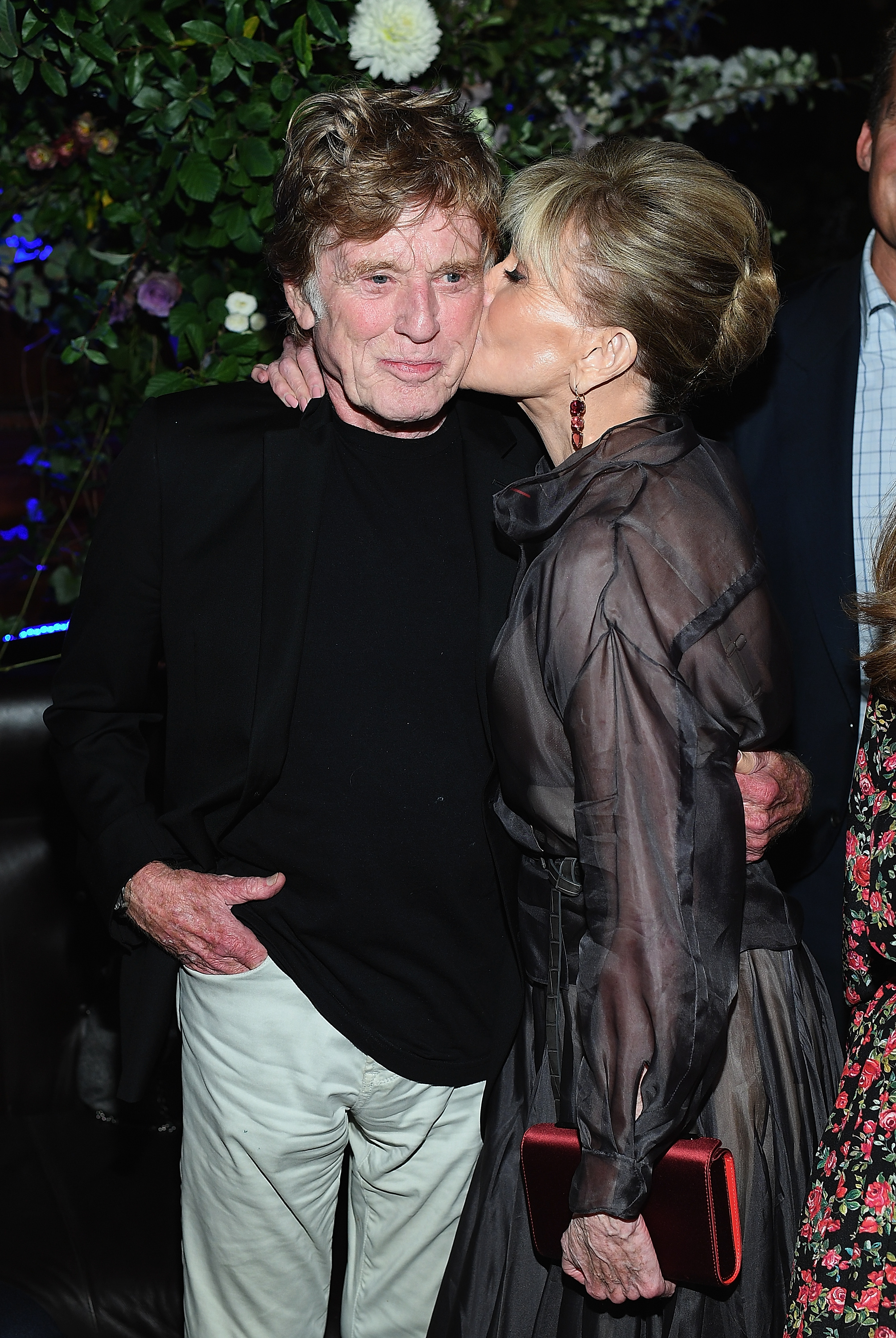
While Redford’s professional life was marked by near-constant success, his personal relationships were often complicated.
He married historian Lola Van Wagenen in 1958, and the couple had four children: Scott, Shauna, James, and Amy. Tragically, their first child, Scott, died in infancy from sudden infant death syndrome (SIDS), a loss Redford later described as leaving “a scar that never truly heals.”
James Redford, his second son, grew into a respected filmmaker and activist but died in 2020 after battling liver cancer. Redford once said of his loss: “The grief is immeasurable with the loss of a child. Jamie was a loving son, husband, and father. His legacy lives on through his children, art, and devoted passion for conservation.”
After divorcing Van Wagenen in 1985, Redford began a relationship with German-born artist Sibylle Szaggars, whom he later married in 2009. Their relationship, which lasted over 25 years, was marked by mutual admiration and creativity. Szaggars, a painter and photographer, often spoke about how environmental awareness shaped her art — a passion she shared with her husband.
Friends, Collaborators, and Jane Fonda’s Confession
Throughout his career, Redford worked alongside some of the greatest names in Hollywood. His on-screen chemistry with Paul Newman remains legendary, and his collaborations with Meryl Streep, Dustin Hoffman, and Barbra Streisand are etched into cinematic history.
One of his most frequent collaborators was Jane Fonda. The two starred together in Barefoot in the Park (1967) and later reunited decades later in Our Souls at Night (2017). Fonda once revealed she had been “in love” with Redford during their early collaborations, though she admitted he could be moody and distant on set. In their later years, she realized his temperament had little to do with her, describing him as “a good man, but complicated.”
Redford’s Final Years
Even in his late 80s, Redford never completely stepped away from public life. He continued to support environmental causes, mentor young filmmakers, and make occasional appearances at Sundance. He once told an interviewer that while he had “retired from acting,” he could never retire from storytelling.
His last public appearance was at the 2025 Sundance Film Festival in January, where he received a standing ovation. Attendees said he appeared frail but deeply moved, thanking the audience with a simple statement: “You are the future. Keep telling stories that matter.”
The End of an Era
Robert Redford’s death marks the end of one of the most significant careers in the history of cinema. He was an actor who embodied American masculinity and sensitivity, a director who dared to tell difficult stories, and a visionary who gave independent film its global stage.
He leaves behind his wife, Sibylle Szaggars, daughters Shauna and Amy, several grandchildren, and the indelible mark of a life lived through art, activism, and an unshakable belief in the power of storytelling.
As tributes pour in from across the world — from filmmakers, actors, politicians, and fans — one truth is undeniable: Robert Redford was not only a star, but a beacon for creativity, courage, and integrity in cinema.
His voice, his vision, and his presence will continue to echo in every darkened theater where stories come alive.

Lila Hart is a dedicated Digital Archivist and Research Specialist with a keen eye for preserving and curating meaningful content. At TheArchivists, she specializes in organizing and managing digital archives, ensuring that valuable stories and historical moments are accessible for generations to come.
Lila earned her degree in History and Archival Studies from the University of Edinburgh, where she cultivated her passion for documenting the past and preserving cultural heritage. Her expertise lies in combining traditional archival techniques with modern digital tools, allowing her to create comprehensive and engaging collections that resonate with audiences worldwide.
At TheArchivists, Lila is known for her meticulous attention to detail and her ability to uncover hidden gems within extensive archives. Her work is praised for its depth, authenticity, and contribution to the preservation of knowledge in the digital age.
Driven by a commitment to preserving stories that matter, Lila is passionate about exploring the intersection of history and technology. Her goal is to ensure that every piece of content she handles reflects the richness of human experiences and remains a source of inspiration for years to come.
